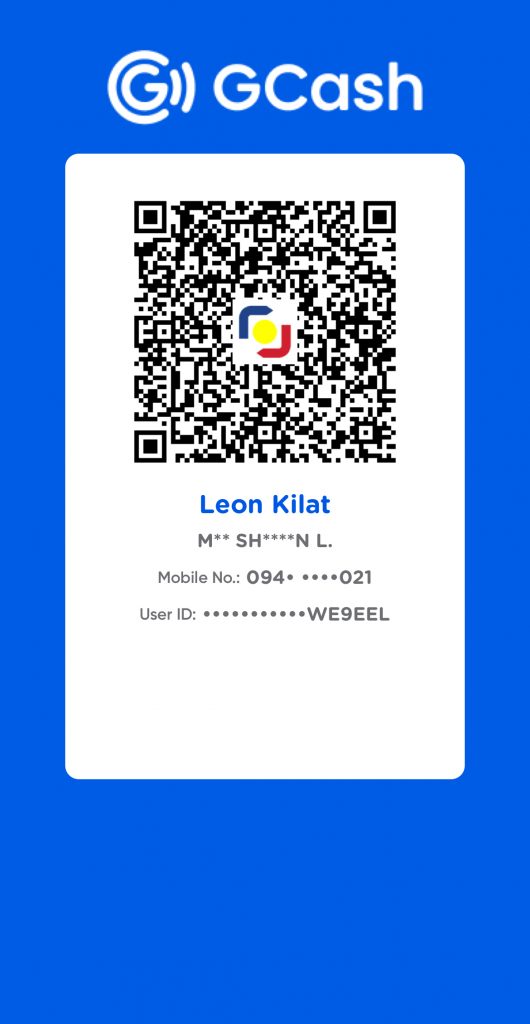Cebu Gov. Gwendolyn Garcia asked reporters about “sunog” in a recent press conference. This was in relation to a story based on a social media post that was eventually deleted. The reporters told her the common term now is “kuryente.”
When I was active on the field, it was “sunog.” You get burned by a story or a news source. There is implicit trust between you as a reporter and a news source. When you are fed wrong information, that trust is burned. Nasunog. You get burned by the experience. Nasunog. Mag kisi kisi ka, nakuryente.
I can’t recall getting sunog by a news source. An editor, yes (gidaoban pa, but that’s for another blog post), but news source, no. Senior journalists in the newsroom would tell me whether a source was trustworthy or not. As I gained experience, I managed to tell by intuition and confirm by verification.
It also helped that I often ask other sources to confirm information, even while on background. This means you interview people with explicit understanding they won’t be in the story – they just provide context and help you understand the issue.
A similar concept of “sunog” and “kuryente,” I think, is helpful in appreciating information or news shared by friends on Facebook.
Here’s my system. I’m sharing it in case you find it useful.
I segregate Facebook contacts into three groups: Trusted, Iffy, Don’t Trust.
The TRUSTED group is for people who have never shared wrong information or “fake news” on Facebook. Many of them even actually perform fact-checking or add context. I have a small group of contacts I considered TRUSTED. These are also people I want to hear from because I often learn something new from their posts.
IFFY. Most are here. Iffy because I only know them on Facebook and we have had no personal interaction. Iffy also because their sharing of information or news that interest me is intermittent.
DON’T TRUST. These are people who have shared disinformation, “fake news,” and conspiracy theories. Even if just once. In a way, these are people who are “sunog” when it comes to credibility and trust.
How I appreciate anything shared on Facebook primarily starts with finding out who shared it. If the person is on the TRUSTED group, I believe what is shared. I take it as factual. But if I decide to engage with the content, by sharing or commenting on it, I will then VERIFY what is shared.
If the update is shared by someone in the IFFY list, I will queue it for checking later if the article or information interests me.
If the person is in my DON’T TRUST list then by default, I take what they shared as false. If it is interesting, I take the time to verify.
The system works for me, so far. But everything centers on verification when sharing or engaging with a piece of content.
Verification is important because how we handle disinformation speaks a lot about how we appreciate data and value the truth.
The system, I think, allows me to nurture skepticism without sliding into cynicism.
Max is a journalist and blogger based in Cebu. He has written and edited for such publications as The Freeman, The Independent Post, Today, Sun.Star Cebu, Cebu Daily News, Philstar Life, and Rappler.
He is also a mobile app and web developer and co-founded InnoPub Media with his wife Marlen.


Leave a Reply